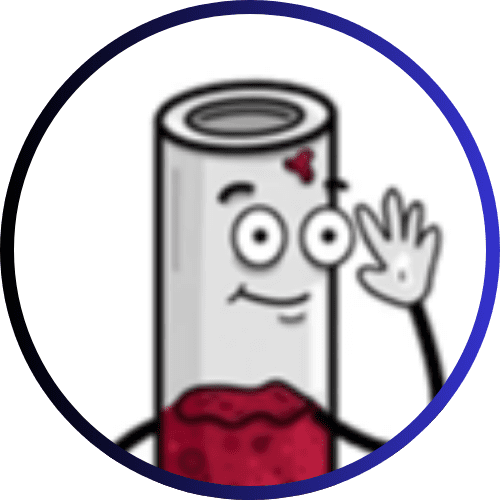New S3 guideline GeriPAIN published
The first national and international S3 guideline specifically for older people with acute and chronic pain has been published: GeriPAIN. The development of the guideline was funded by the Innovation Fund of the Federal Joint Committee (G-BA) and coordinated by the German Society of Geriatrics (DGG) and the German Pain Society. “For the first time, the guideline provides a structured, evidence-based orientation for the assessment and treatment of pain in older people,” explains Dr. Corinna Drebenstedt, lead author of the DGG.
It was important to the authors to include the perspective of everyone ã including those affected. “A patient representative, in addition to doctors, specialist nurses, therapists and social workers, was involved in the preparation from the very beginning,” says Drebenstedt, chief physician of the Clinic for Geriatrics and Internal Medicine at St. Marienhospital Friesoythe.
Pain recording and drug review improve care
The geriatrician also emphasizes the topic of pain recording ã which is particularly problematic for people with dementia ã as an important innovation. Since GeriPAIN is based on the already existing S3 guideline Pain assessment in older people in inpatient care for the elderly (AWMF register number 145-001), the diagnosis is now a completely new aspect. “And here, I think, we have found a good and realistic model!” says Drebenstedt.

Regularly checking the medication of very elderly patients for interactions in accordance with the four-eyes principle has been proven to help and has also been included as a recommendation. The authors cannot yet answer how this is supposed to work in Germany ã with many people involved in outpatient care or even checks in pharmacies. “In general, cross-sectoral communication still needs to improve greatly in order to improve pain care for the elderly,” demands Dr. Corinna Drebenstedt. “Yes, we now have an electronic patient record. But many clinics and family doctors’ practices are not yet technically able to open them. This tool is not available for physiotherapists or social workers. That’s an absolute shortcoming!”
More research needed for evidence-based drug pain therapy
The authors also put their finger in another wound: More research is needed on the effectiveness of pain medications! “We have to dare to look closely in order to actually be able to assess drug effects,” said Drebenstedt, who evaluated 6,000 literature references together with the other authors.
There are numerous evidence-based recommendations for exercise in pain. This is also and above all needed for further therapy options. Invasive and perioperative pain therapy is therefore explicitly excluded in GeriPAIN. “However, there are other and well-known guidelines for this,” says Corinna Drebenstedt, “just not at S3 level.”
GeriPAIN as an interprofessional and cross-sectoral guide
In general, however, the new GeriPAIN guideline now offers both an interprofessional and cross-sectoral guideline for pain management in older people ã for outpatient, acute inpatient and long-term inpatient care.
“We are thus initiating a dialogue between all those involved in care,” says Drebenstedt. “And who knows what we will be able to add in five years’ time when we update the next version.”
The complete S3 guideline Pain Management in Geriatric Patients in All Care Settings (GeriPAIN) is available for download in the AWMF Guideline Register (register number: 145-002): https://register.awmf.org/de/leitlinien/detail/145-005
Editor: X-Press Journalistenbû¥ro GbR
Gender Notice. The personal designations used in this text always refer equally to female, male and diverse persons. Double/triple naming and gendered designations are used for better readability. ected.




